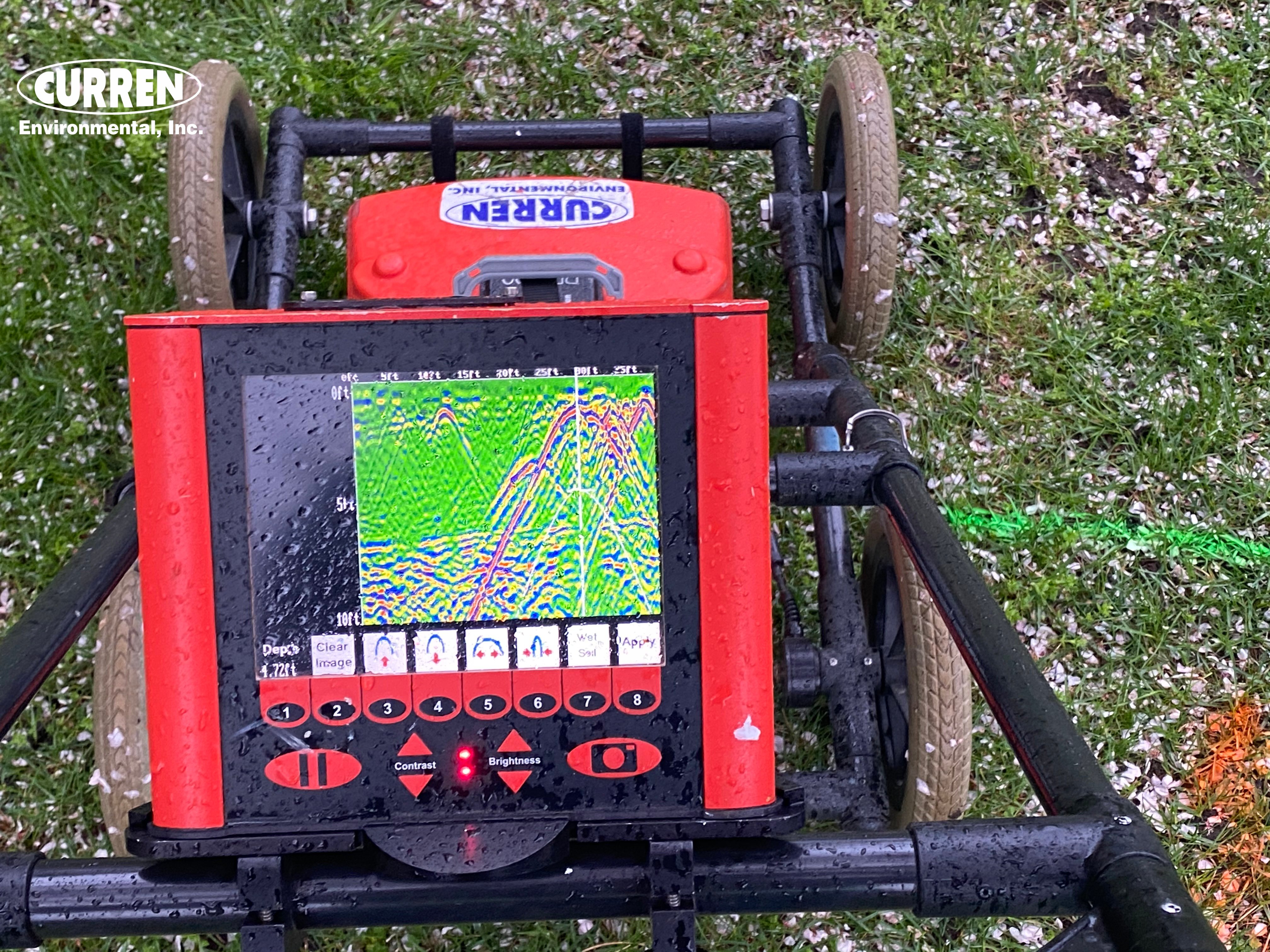Understand the oil tank sweep process
Matter of fact, when we deal with real estate professionals that have been selling real estate for 15 years or more, they seem shocked to hear that they have sold older homes that had underground tanks that were not discovered (disclosed). Its a mathematical fact, why?
20 years ago we used to do dozens of tank sweeps a year.
Today we do thousands, we have seen the increase in awareness of oil tanks and thus the demand for tank sweeps. So a home bought 10 to 20 years ago was less likely to have a tank sweep performed, that's the primary reason why homes were bought and sold with hidden tanks, people didn't look.
In practice oil tanks have been an issue for decades, because so many homes had oil heat at some point in the past. Why? read on.
1900 to 1940's coal was king and people hated shoveling coal so a switch to oil was a savior. The house below is circa 1900, so heat was coal, oil then gas. The tank was removed from the house.

Oil Heat was popular until the 1970's
The 1970's is when natural gas was deregulated and therefore more competitive and thus popular.
When you spend money to replace an oil fired appliance, you bank account often times didn't have enough to pay to remove the tank. Hence why you find that people removed pipes for unused buried tanks, yes some people filled the tanks with sand, but very few did proper testing to ensure the tank did not leak.

Lets go over the whole oil tank locating process, commonly referred to as a tank sweep. If you go cheap with a sub $1,000.00 metal detector your chances of failure are greater than success due to the fact that every property will have magnetic signatures (pipes, fences, geologic formations, etc.). A metal detector will get confused and be unable to different the different buried metal anomalies, we have dug up a lot metallic rocks, junk and buried pipe that someone said was a tank and wasn't.
What you need to know before a tank scan:
1 No cars in driveway, people park cars on top of tanks and many tanks are under a driveway.
2. Yes, we need to go inside. We need access to the dwelling heater rooms, basement, crawlspace to evaluate for physical evidence of prior oil heat. There are signature markers an experienced technician looks for to quantify oil usage.
What are the Tank Sweep Steps?
Bottom line the more tanks you remove the more experience the technician is regarding oil tank system. (we don't let anyone do a tank sweep without a few hundred tank removal under their belt). There are no absolute standard setups for oil heat systems, we have seen hundreds of variations, knowing about the different setup, piping etc., is priceless. That said the photo below was a trigger that natural gas was not always used on the property. And no its not a pipe to an AST.


Aside for looking for visual evidence, utilizing a Ground Penetrating Radar unit provides the meat and potatoes of a tank scan. You can see in the photos that there is an underground metal gas line, but the GPR cart has a screen and you can see an image on the screen of a larger diameter metal object (a tank).
The image on the screen is that of a hidden oil tank.

The tank is marked out in orange paint in the photo. To be fair we do not always mark tanks with paint as we are hired by buyers more than sellers. But the owners of the site anted the tank outlined as they did not know they had an oil tank.

You will note there is zero piping visible for the buried tank. A metal detector scan would have had issues due to the metal gas line and the metal from the house and the chain link fence which would all give off a metallic reading, the GPR provided the visual image of a buried tank as opposed to the beep, beep, beep of a metal detector.

If you are concerned about buying a property with a hidden oil tank (Remember a small leak can cost $12,000, yep a small one.) Call Curren, we scan for tanks, we remove tanks and we remediate tank sin Delaware, Pennsylvania and New Jersey.
888-301-1050

